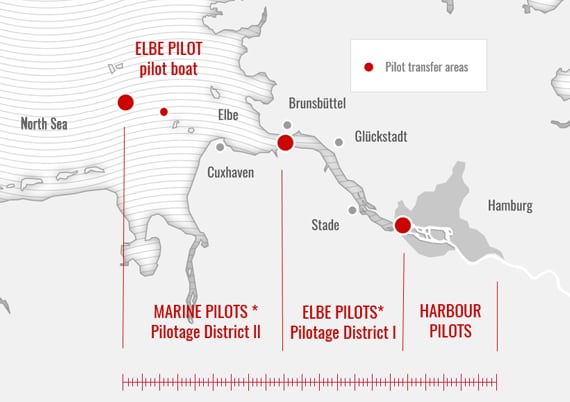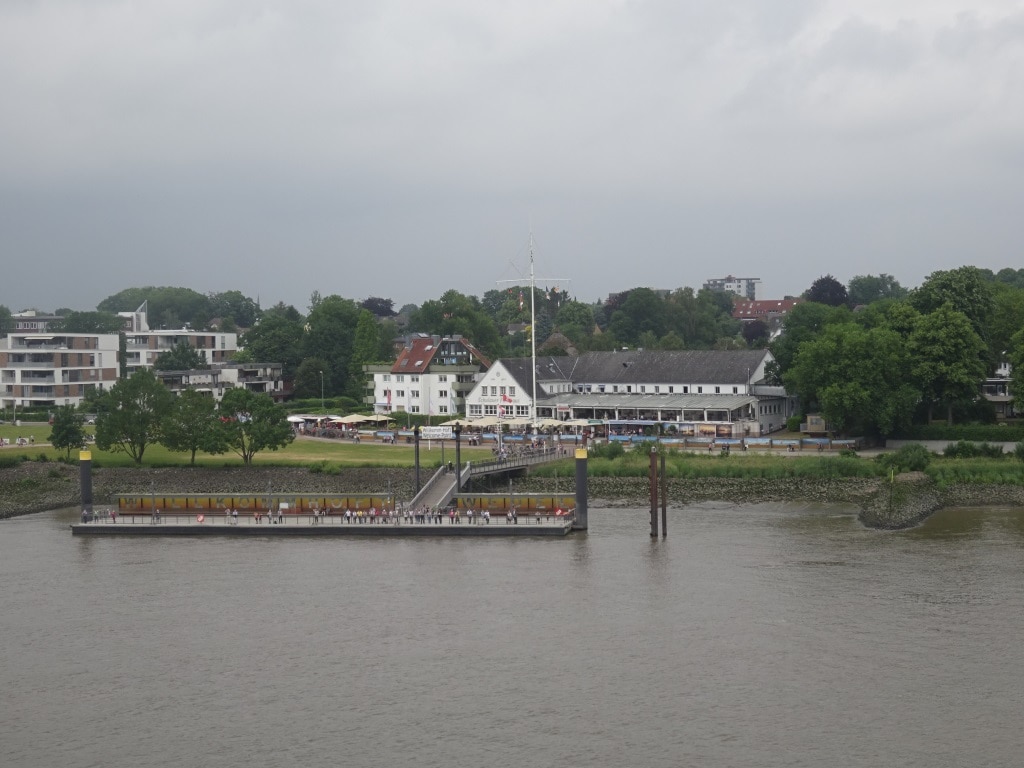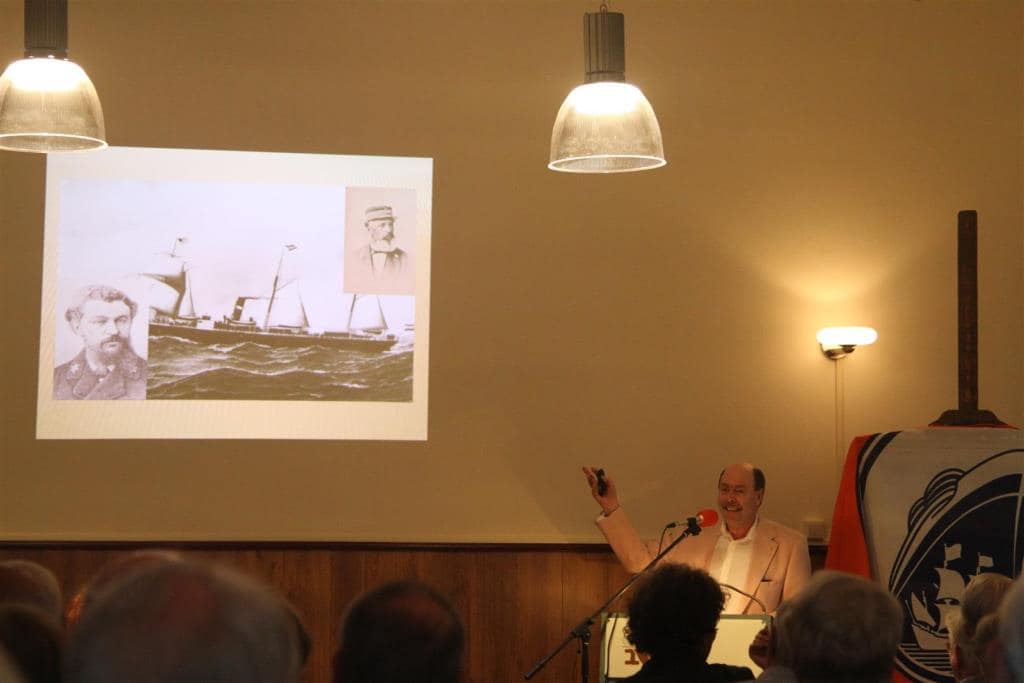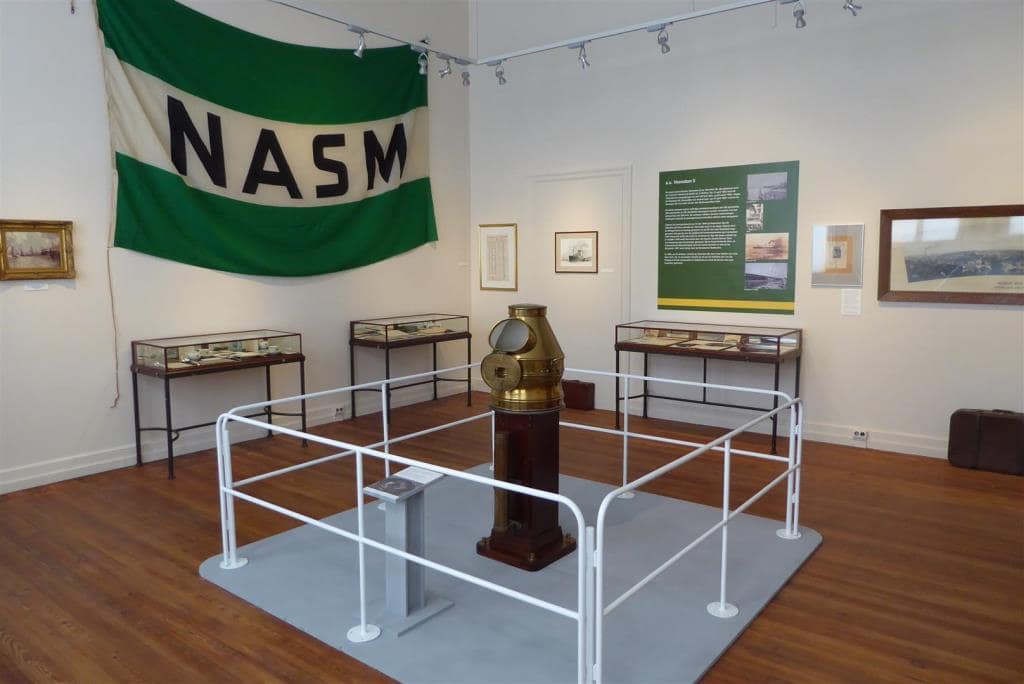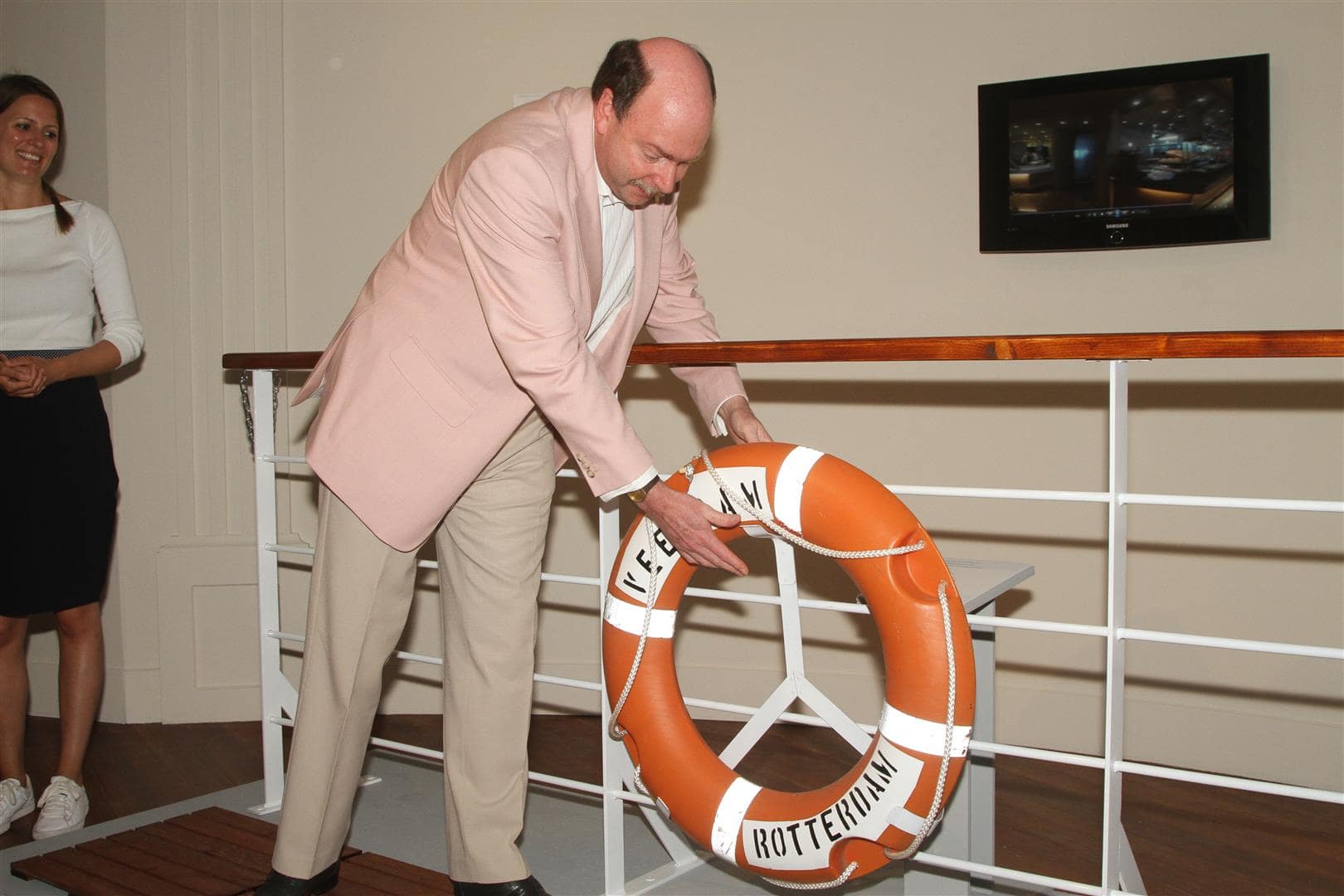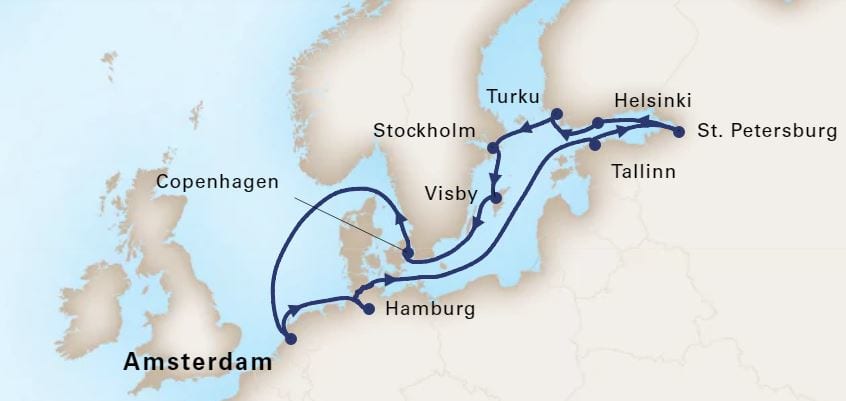The peculiar thing with Turku is that it is located deep inland and can only be reached by a number of narrow channels which connect wider lakes with each other. It does not stop with Turku having a regular ferry service with large and deep sea ferries going in and out twice a day. It has a regular ferry connection with Stockholm operated by two ferry companies and the crossing time is just short of 11 hrs. Why the fuss of going all the way inside the lakes to Turku? Because from Stockholm it is still a lot shorter in travel time and distance than for the ferries to go around the Southside of Finland to Helsinki.
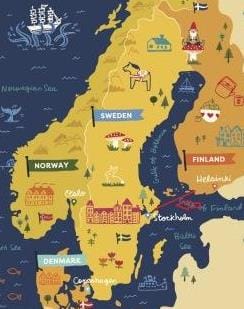
Turku to Stockholm by ferry or by Prinsendam.
But the inland sailing is quite cumbersome as you have to slow down for a lot of turns and the ever present number of Sunday sailors which can contribute to high blood pressure for the officers on the bridge. The ms Prinsendam picked up the pilot last night as 23.00 hrs. and then it took her all night to get to Turku and she only docked just before 08.00 hrs. Long way in, long standby’s. While the ferries all have a pilot exemption because they go in and out every day, so the navigation officers can sail the ferry by themselves; we have to have a pilot on board as we only go here very infrequently. Thus the pilot does all the work and the officers are just checking if he pilot stays within the preset boundaries and safe zones. That is boring work and it is then very easy to lose the concentration. To avoid this, the captain is always there or the Staff Captain or the First Officer to make sure everybody stays alert.
For the guests Turku is a call out of the ordinary and you need an interest in more in-depth excursions to appreciate the place. It is not your run of the mill T shirt and Shopping Paradise destination. Thus the tours reflect that by offering Nature walks, Panoramic sightseeing, visits to a natural sheep farm (chemical free farming) and an historical sightseeing trip. There is a 13th. Century Castle here, built to keep the Swedish out, who through the centuries were forever trying to conquer northern Europe and parts of Western Russia. Then there is a Beer lover’s research expedition to the various pubs in Turku. Although alcohol in Scandinavia is very expensive, it does not stop them from enjoying a tipple so there a larger number of pubs out here. They do not call this a Pub-crawl; and I fully agree with this as the cost of a beer is about 2 to 3 times as much as in the UK or Holland. So you are investing in “research”, not in just a having a drink. Some of these pubs are located in converted buildings and some have their own brewery. That tour started at 10 am in the morning (*) but unfortunately I could not join in as I was otherwise occupied.
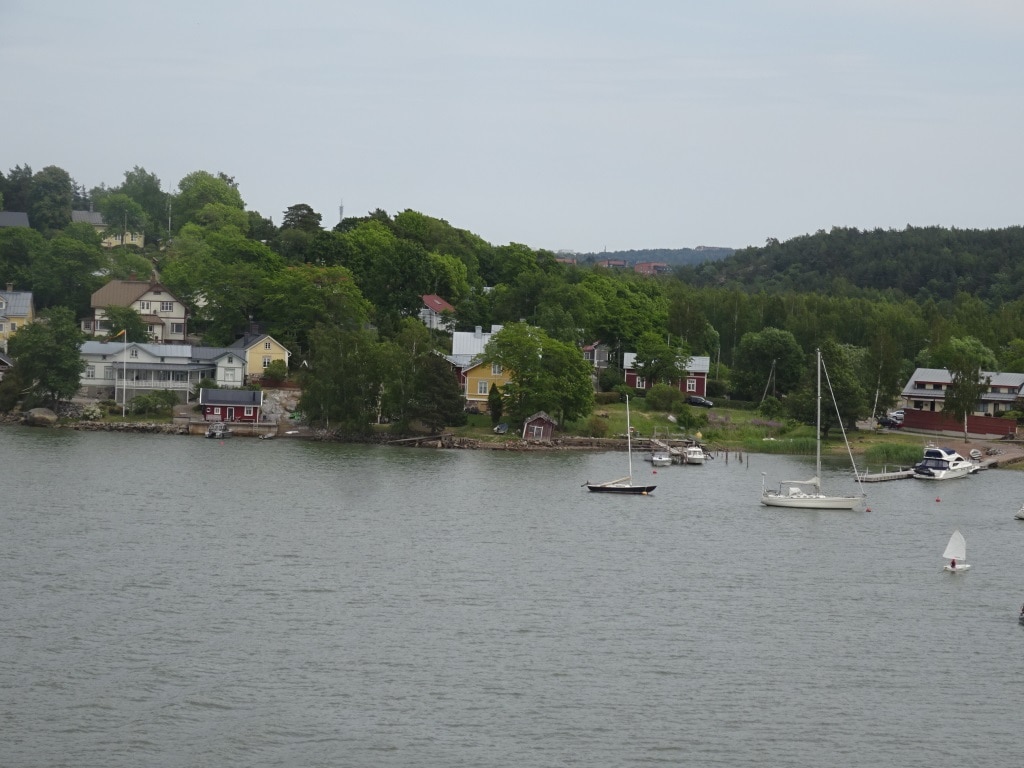
Sailing to and from Turku is similar to sailing to and from Stockholm. Plenty of summer cottages and holiday homes are scattered along the shoreline.
Because today we celebrated the 30th. birthday of the Prinsendam, which was delivered from the shipyard here in Turku in May 1998 and sailed from the port on the 10th of June. That was yesterday 30 years ago. The Chief Engineer and previous Hotel Director had been instrumental in inviting a large number of shipyard employees who had been part of new build team 30 years ago, to come back for a visit and to have lunch on board. I was invited by the Captain to briefly recall the history of the ship of the last 30 years and ended up with the delivery video of the ship from 1988 as a gift. I hope that it still works but as the ships no longer have video players on board (even the Prinsendam has gone modern) it will have to wait until I get home. The shipyard is still there and they still revere the Royal Viking Sun as the ship that put the shipyard yard on the map, and now 30 years later the yard is building the largest cruise ships in the world for Royal Caribbean.
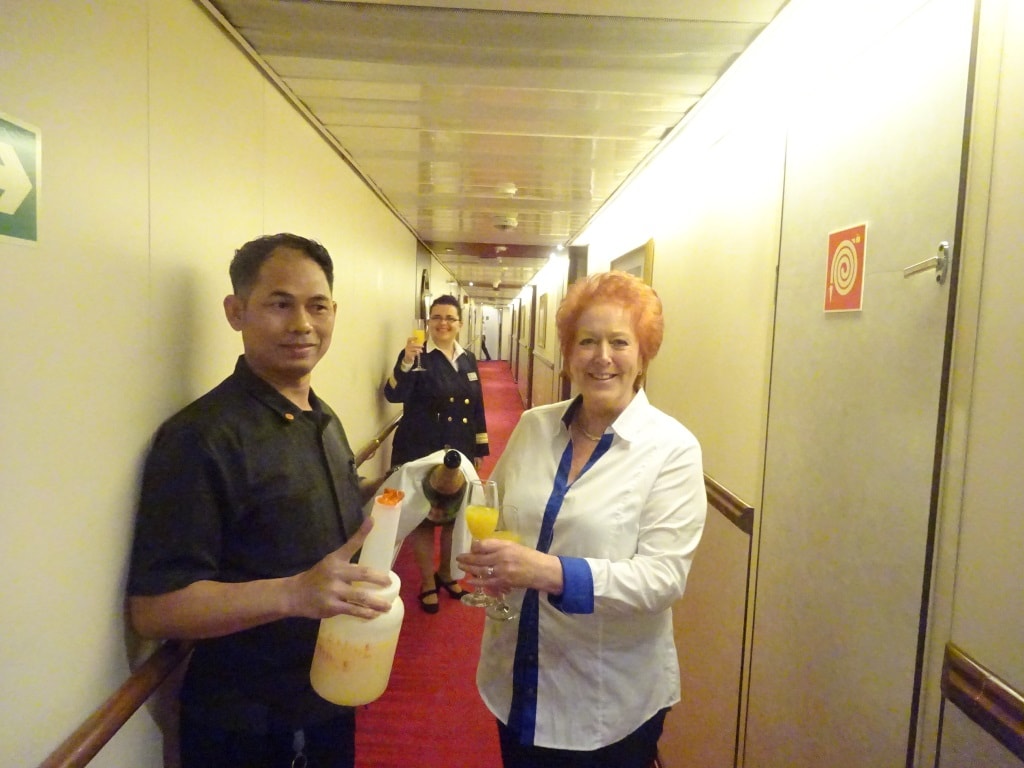
Cabin Steward Firmin poring champagne for Lesley who had come out to visit the ms Prinsendam after so many years.
Then we did something unusual on departure; and it is something you can only do on a small(er) ship. A block party. The Captain made the announcement at 17.00 hrs. and then all were asked to come out of the cabin. A bit like boat drill but then without the lifejackets but with an empty glass. As soon anybody stepped into the corridor, the cabin steward came running over with champagne and orange juice and then you meet the neighbors and have a knee’s up. A great idea and with officers on every deck joining in, in the conversation. It worked a treat and everybody was having a great time while the company was paying for the booze…………. And that cannot be bad either.
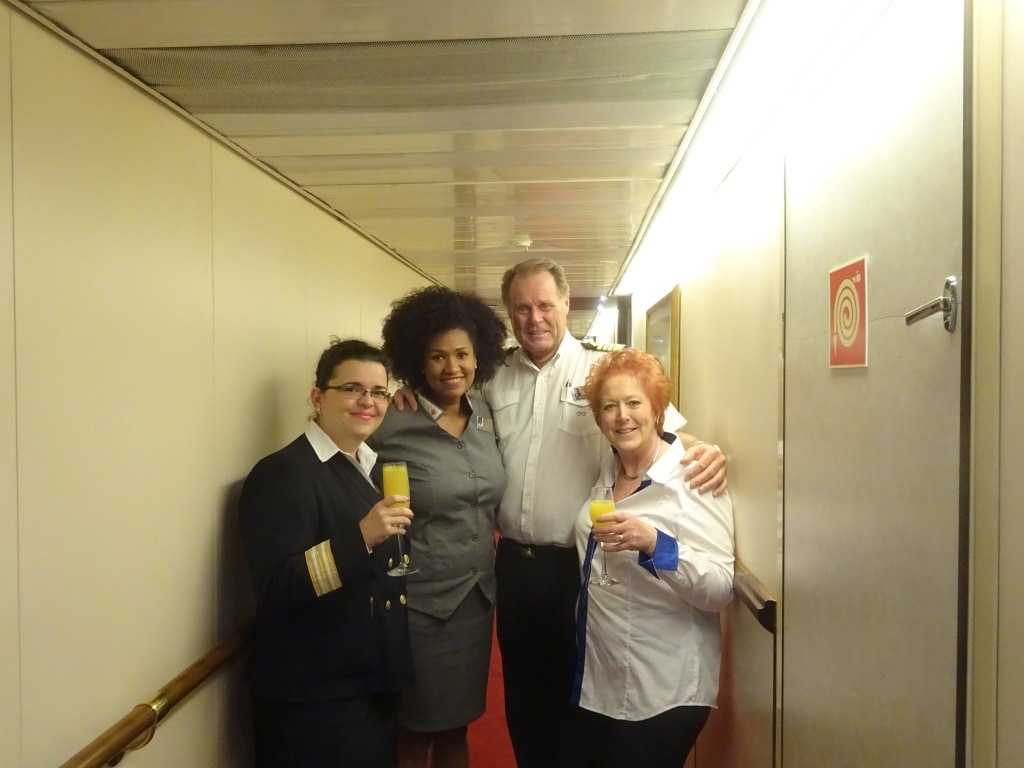
Guest Relations manager Maja, Cruise Director Stone, Captain Dag Dvergastein and Lesley getting ready for the Block Party.
Now the Prinsendam is retracing her route through the Finnish Inside passage again. Then she will make a quick dash across the Golf of Bothnia and then enter the Inside Passage to Stockholm which takes about 3 hrs. We are scheduled for a berth in downtown and we are also on schedule for another sunny day so all is well in the world.
(*) The bus company advises everybody to take the coach back to the ship once all pubs have been visited, otherwise you have to walk back and that seems to have created some challenges with previous tours.
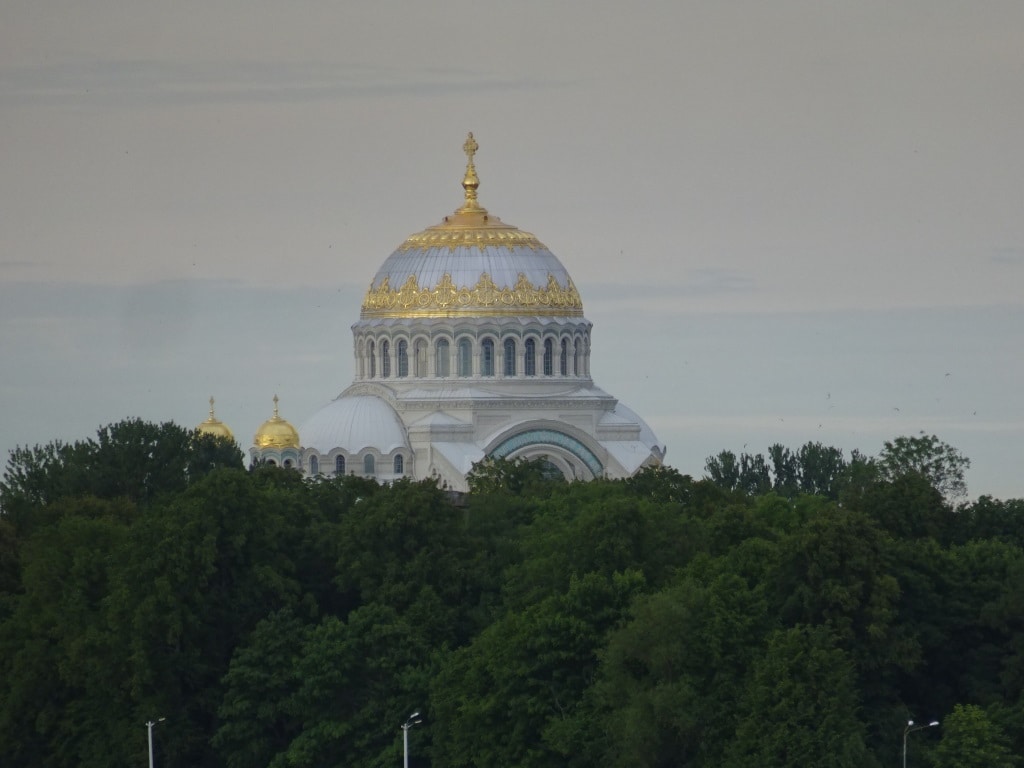
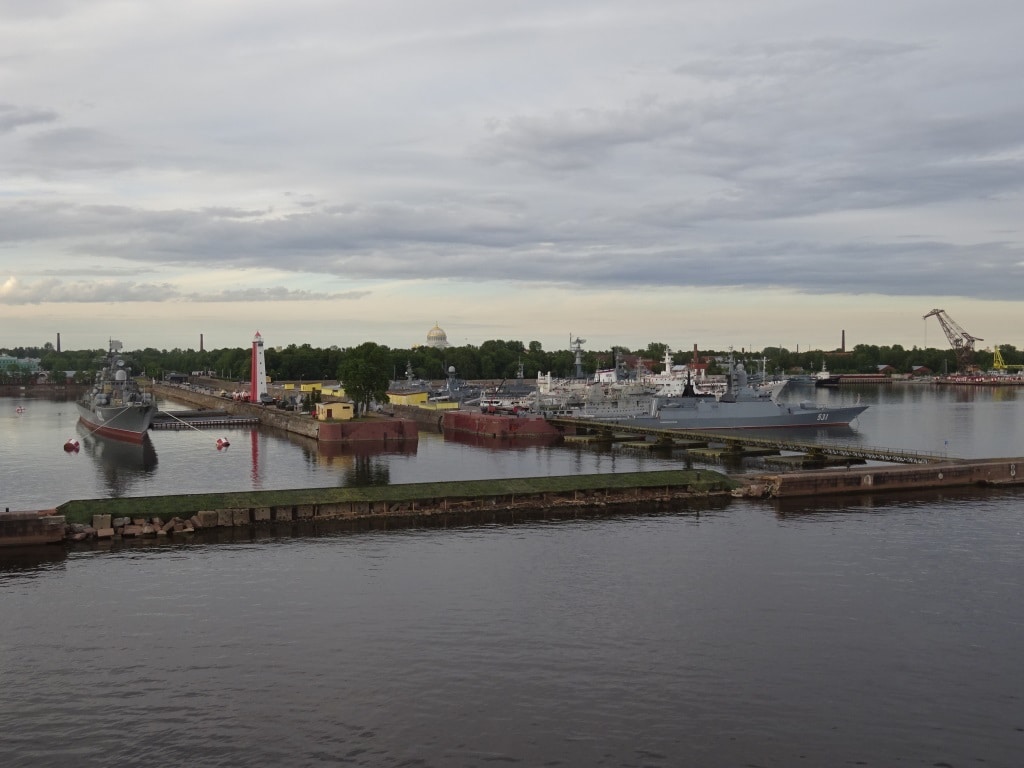
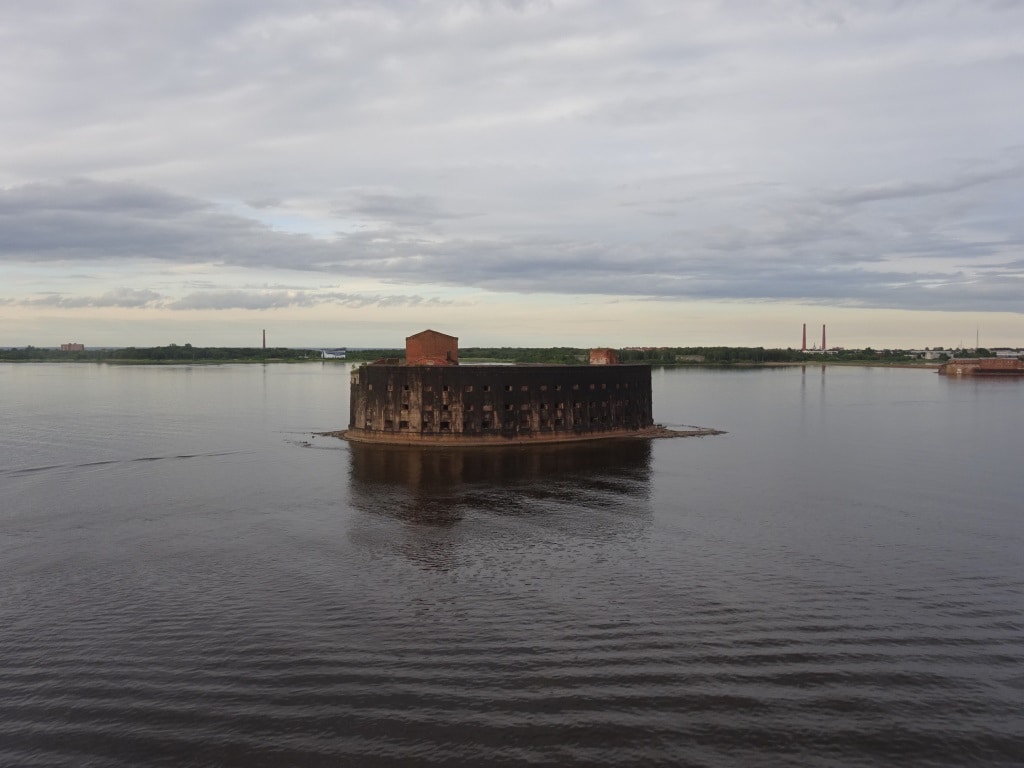
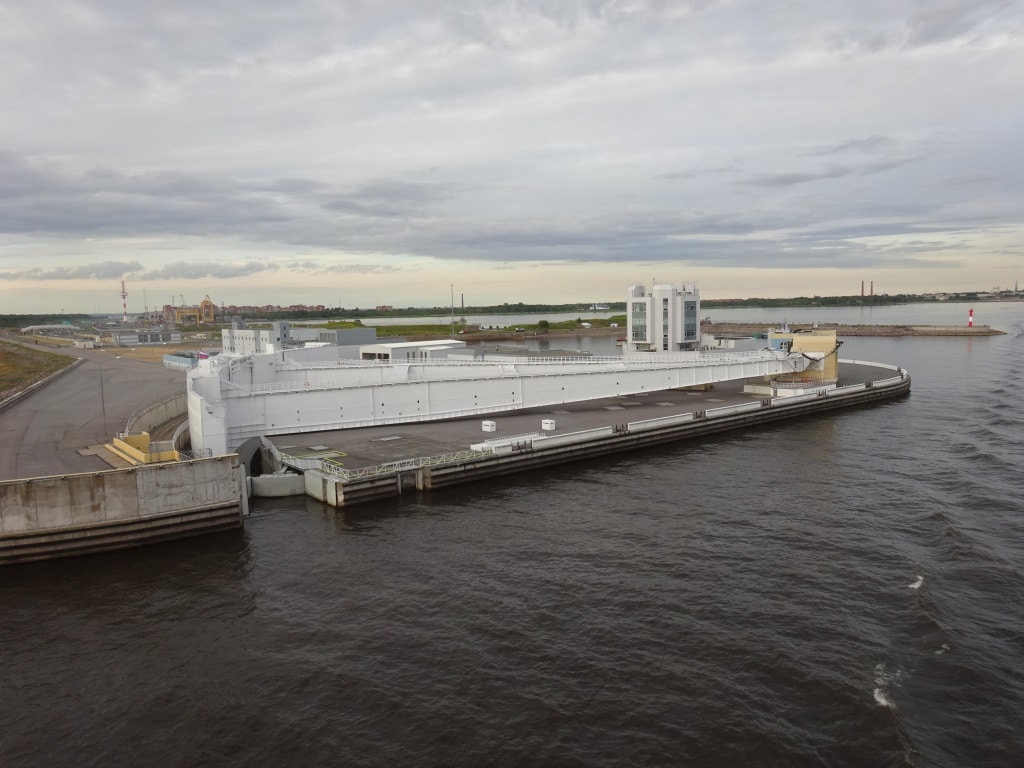
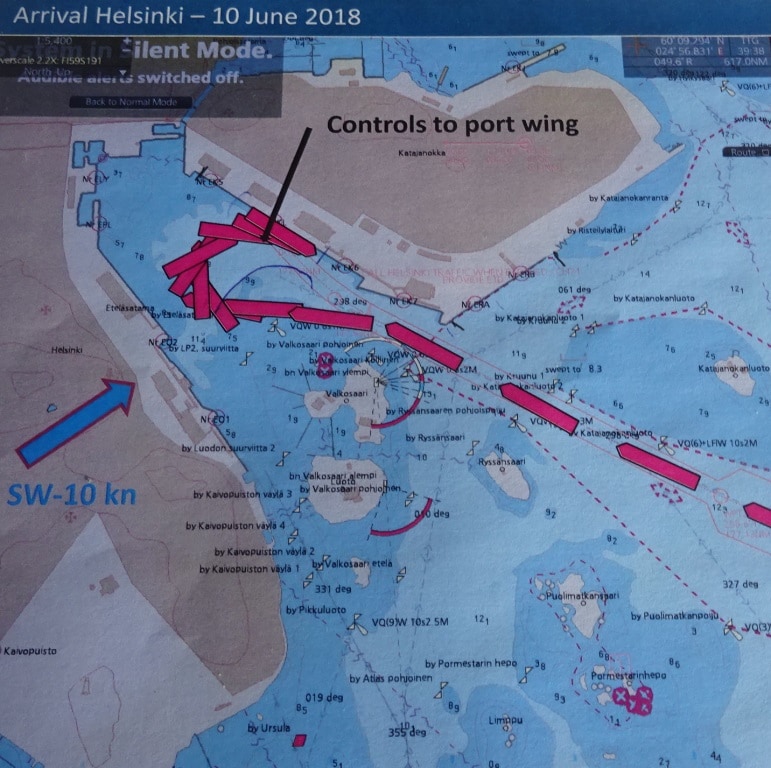
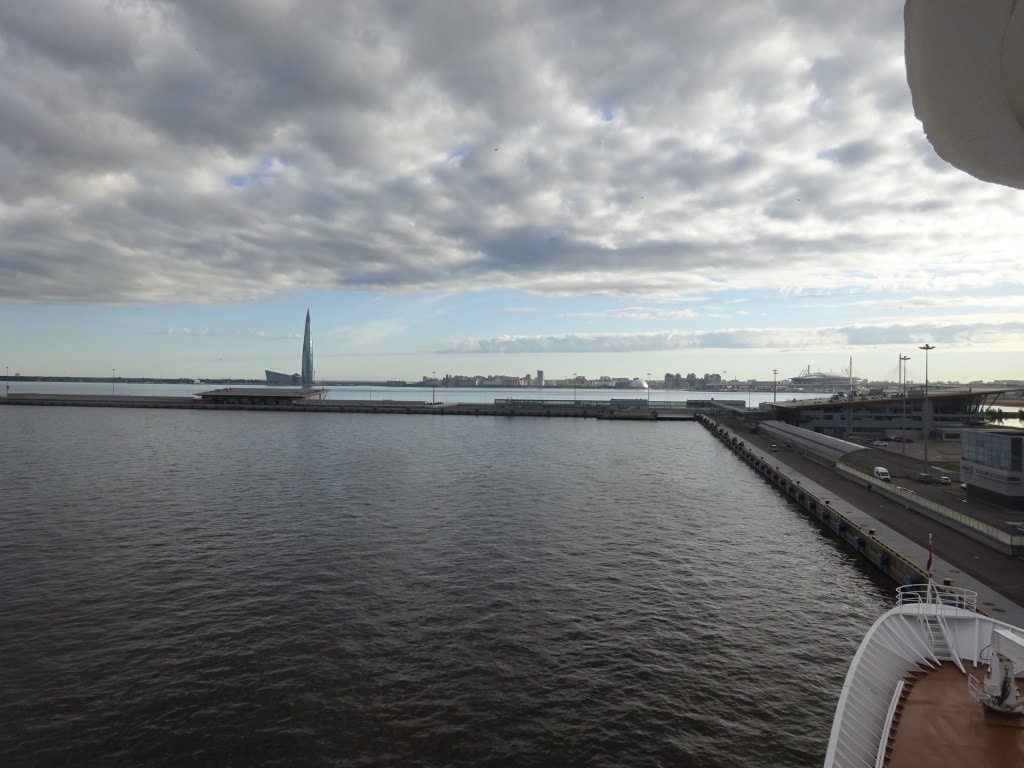
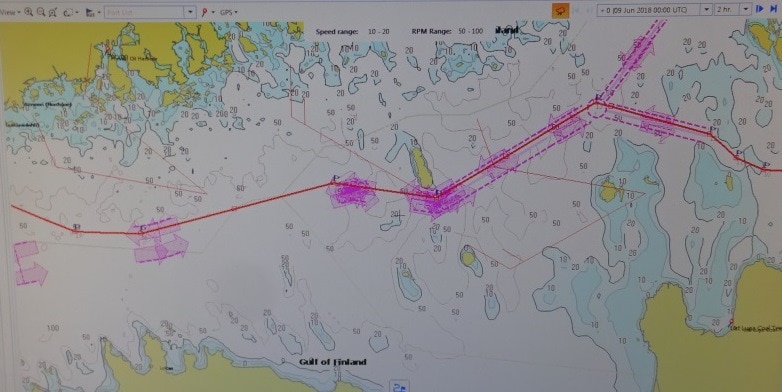
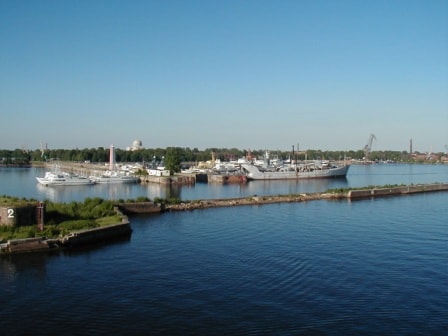
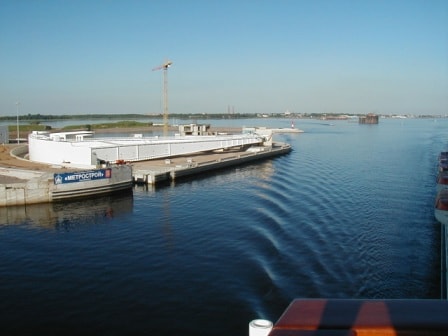
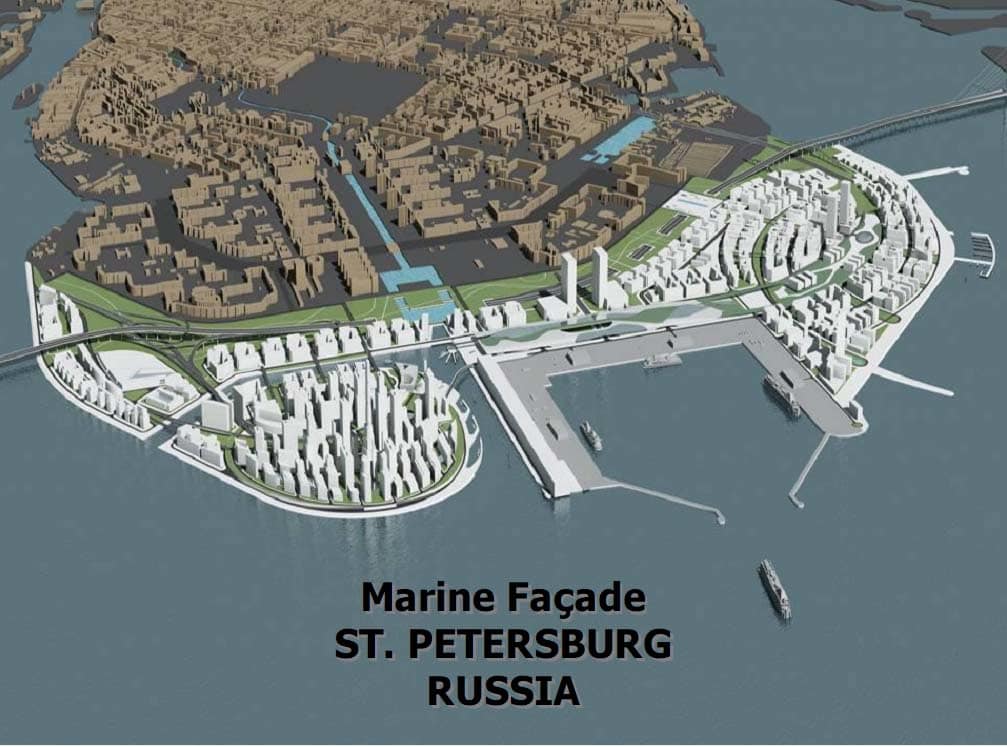
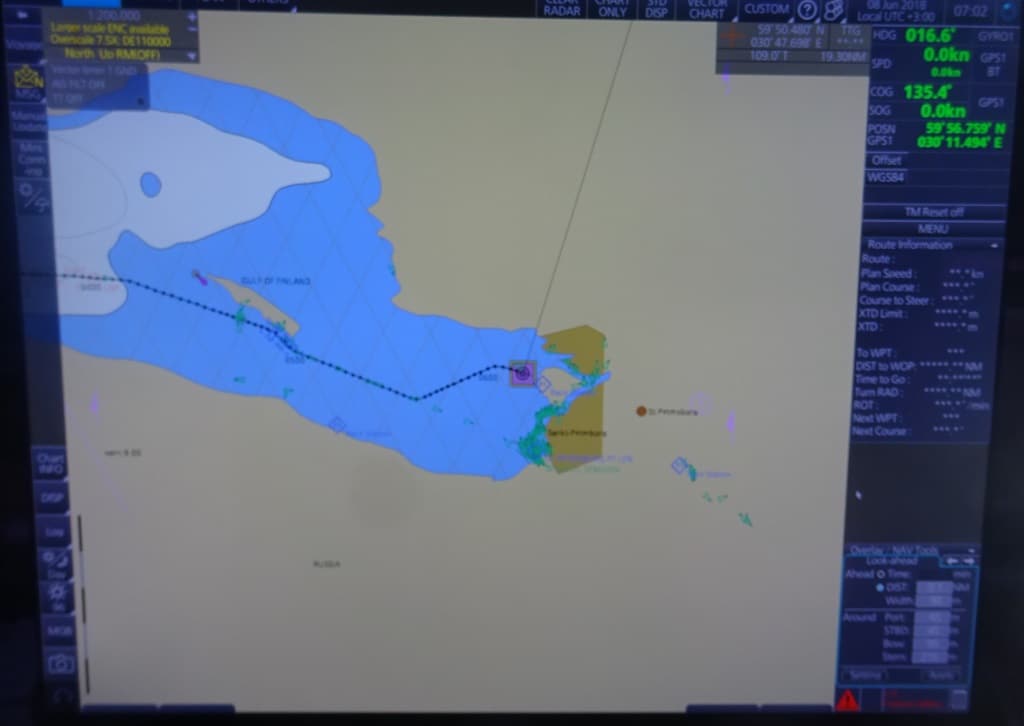
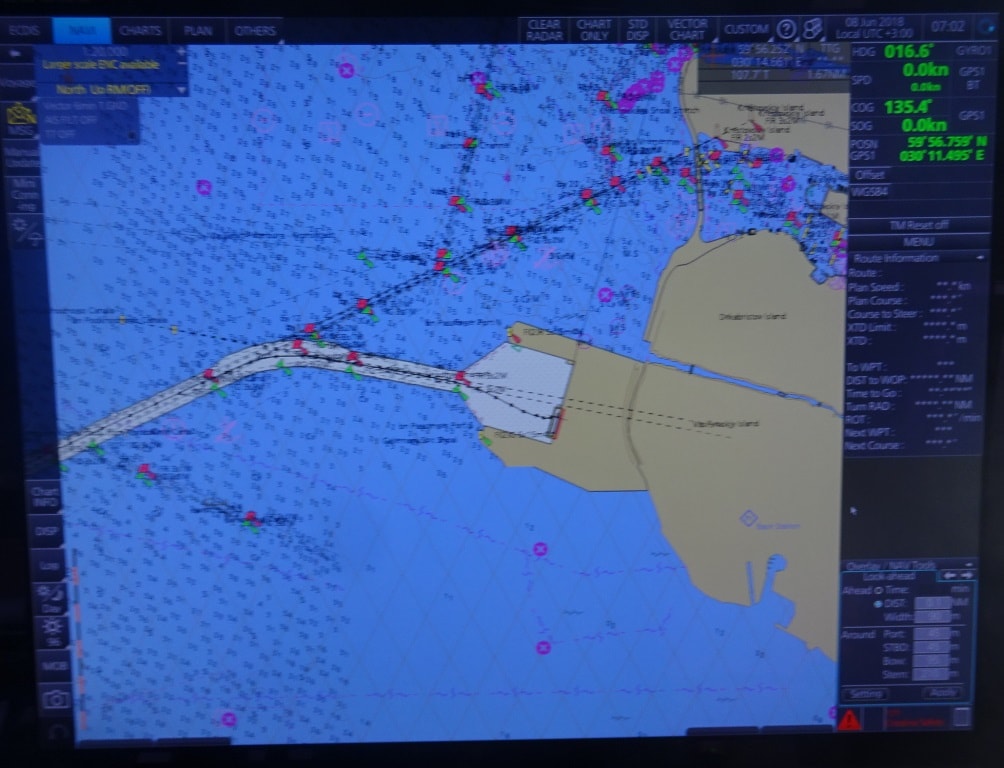
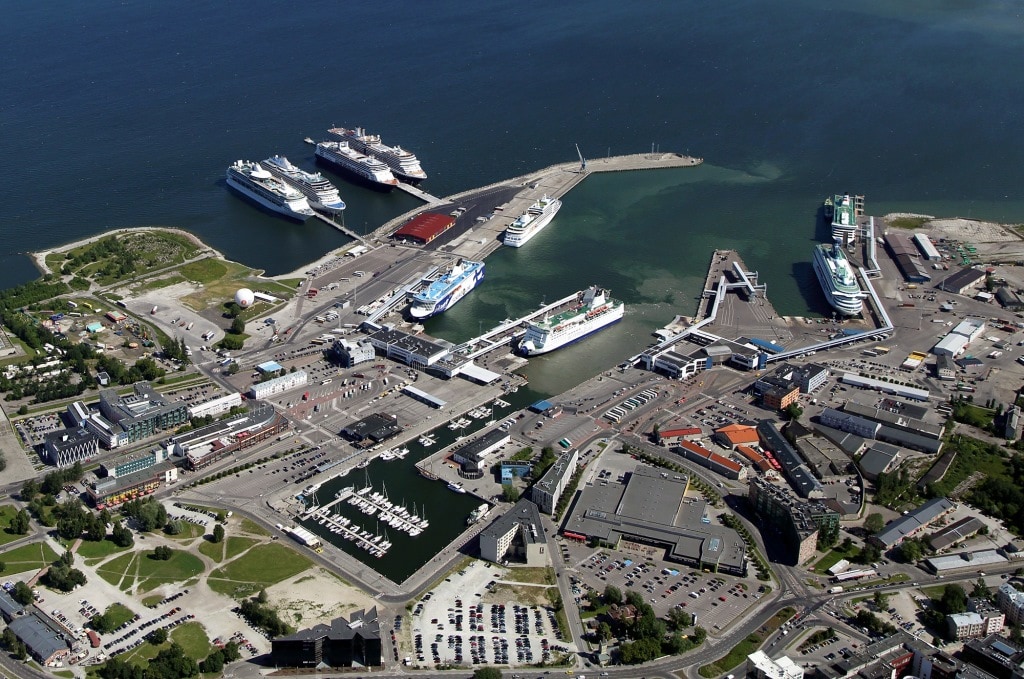
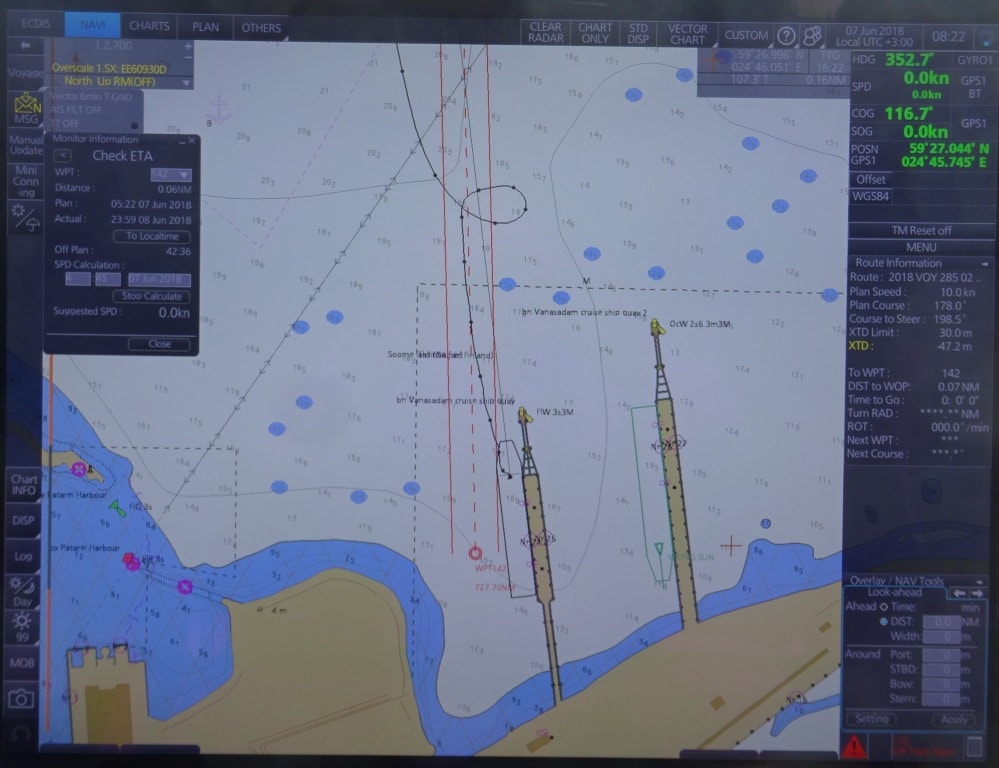
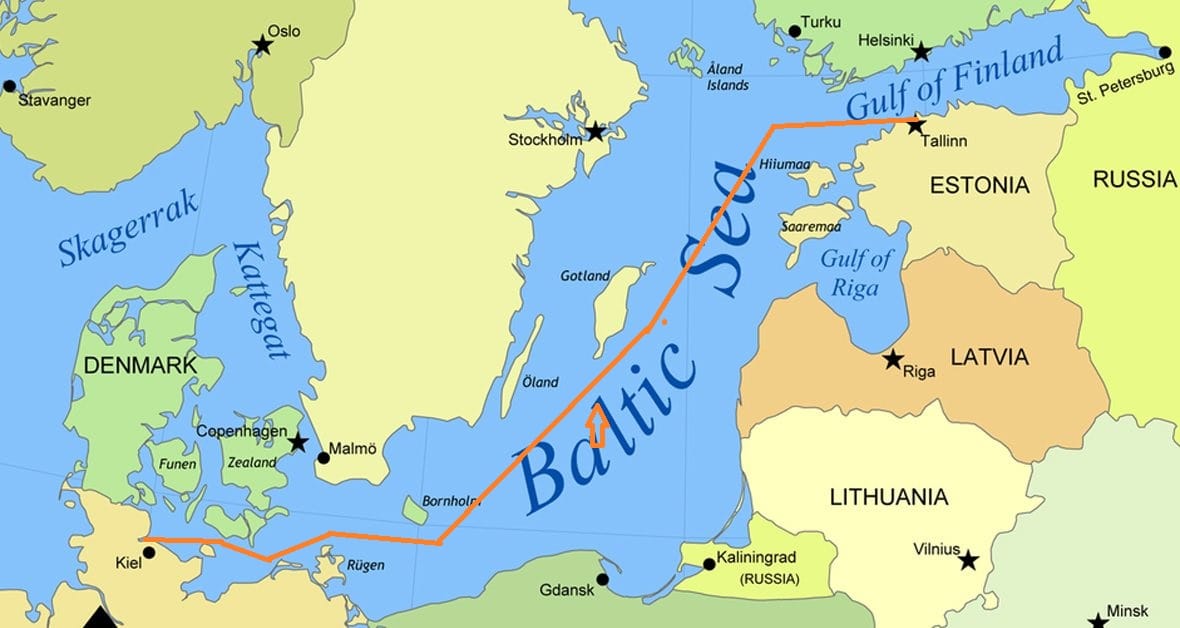
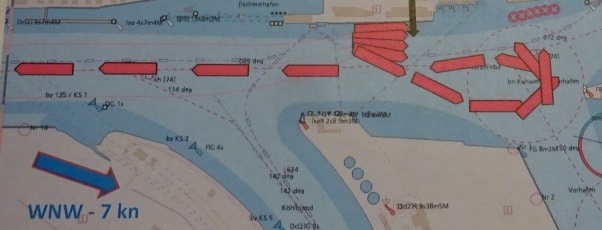
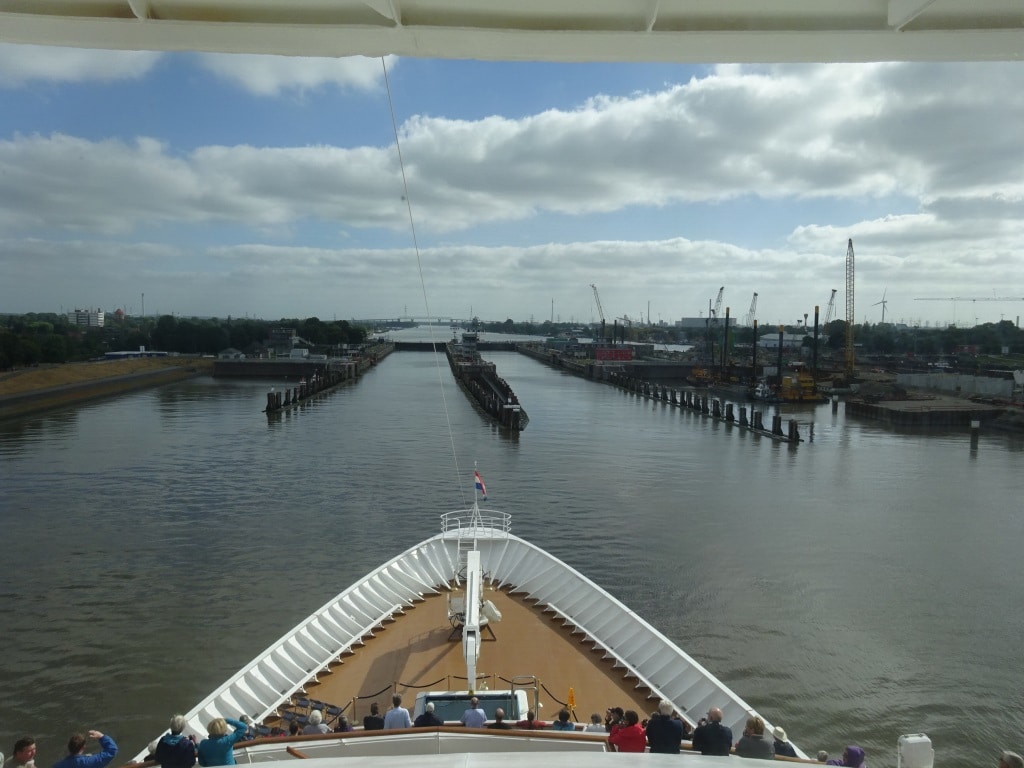
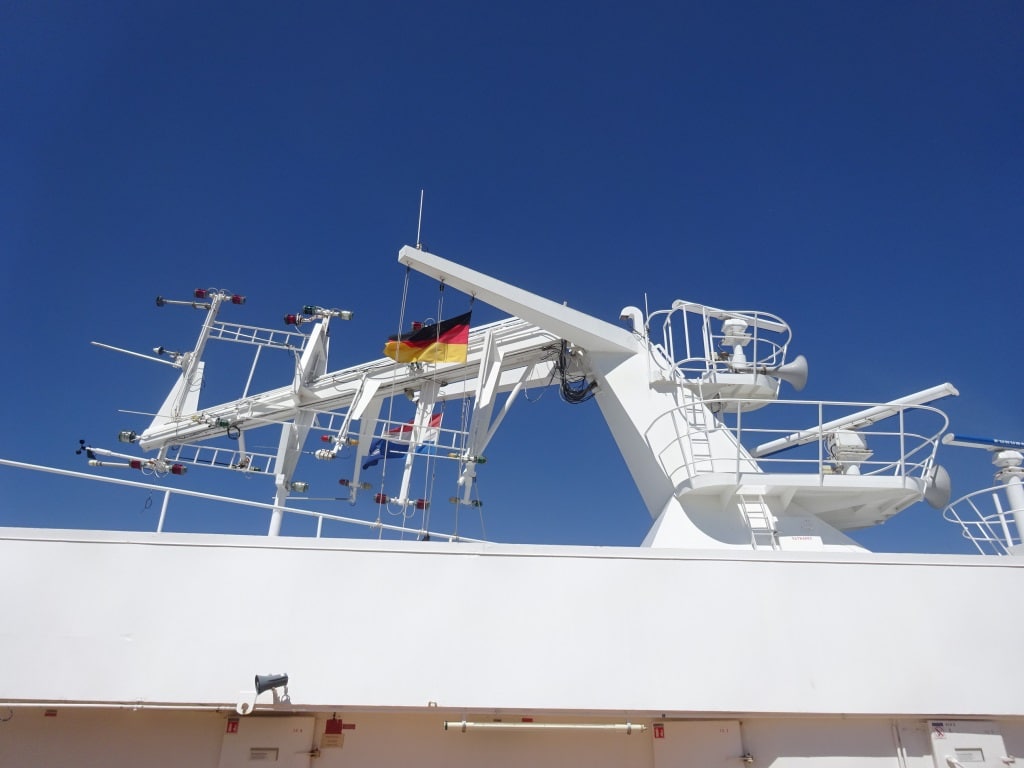
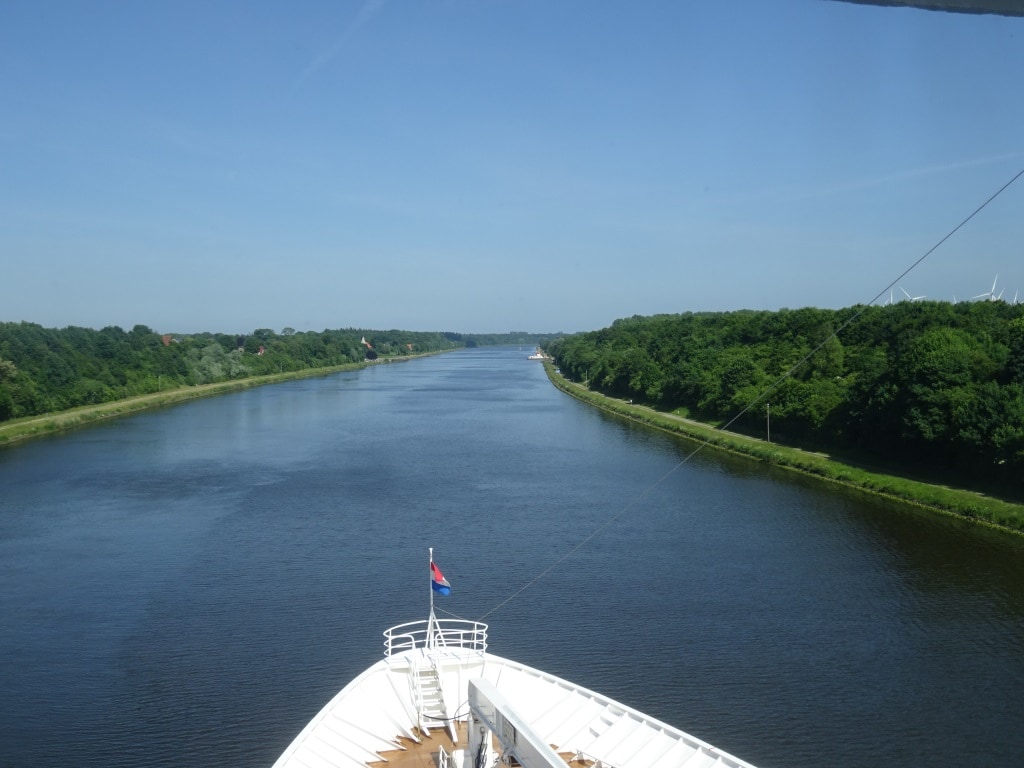
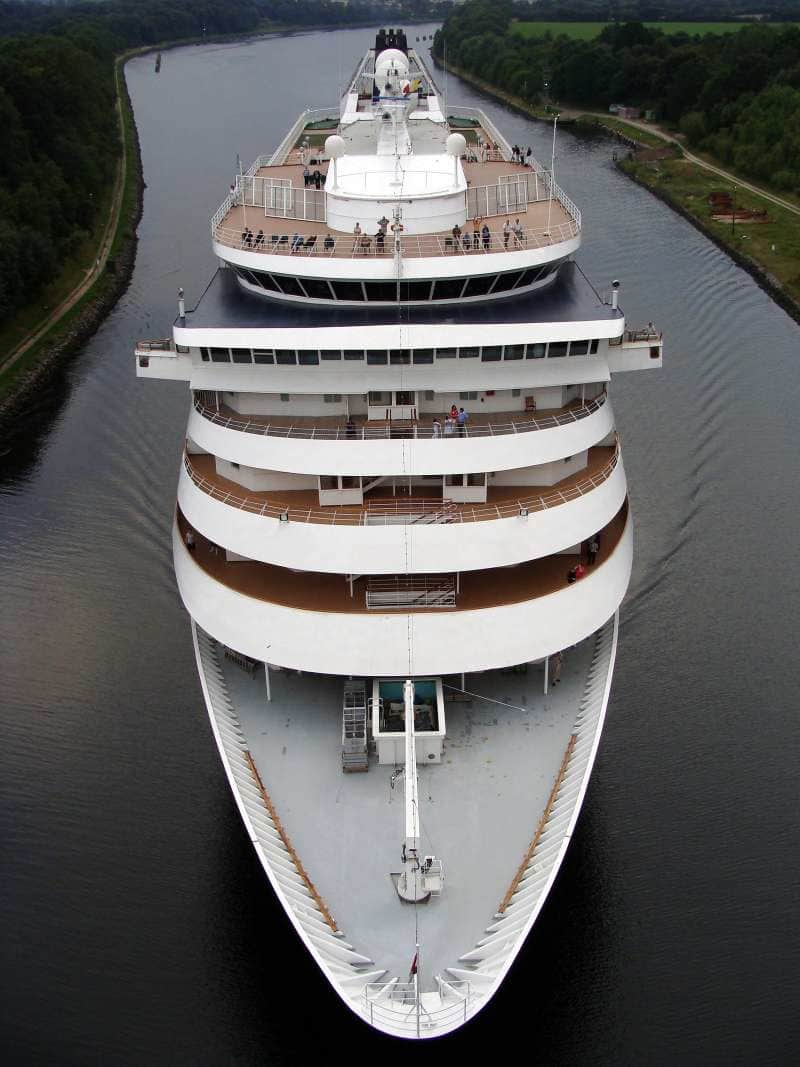
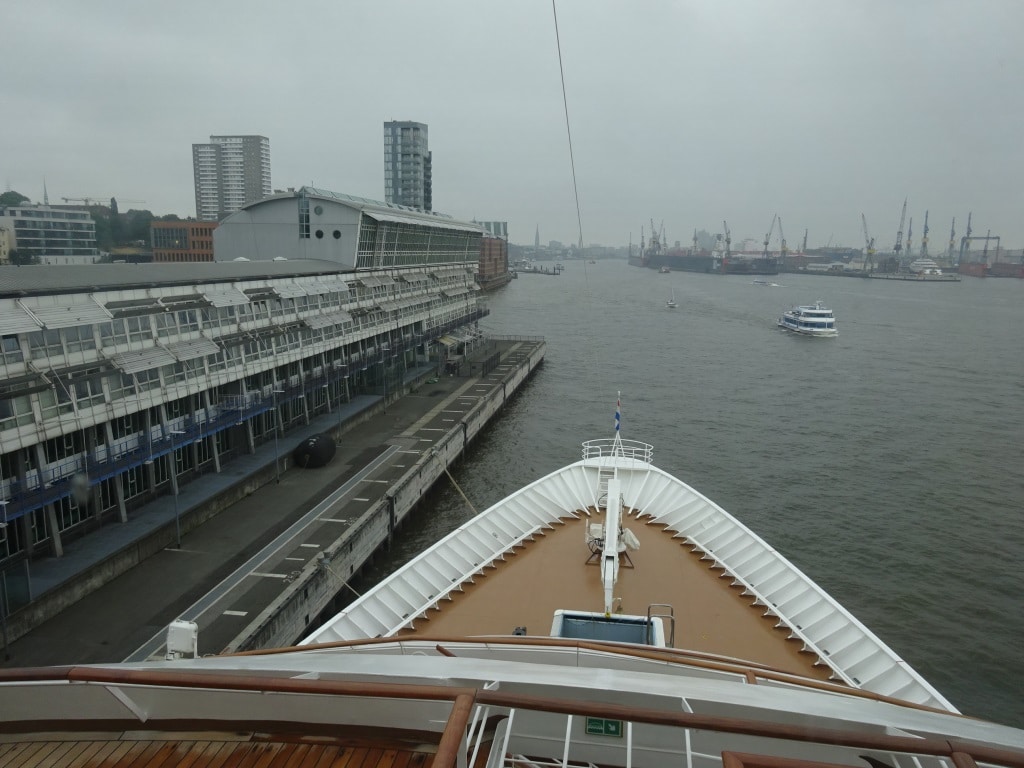
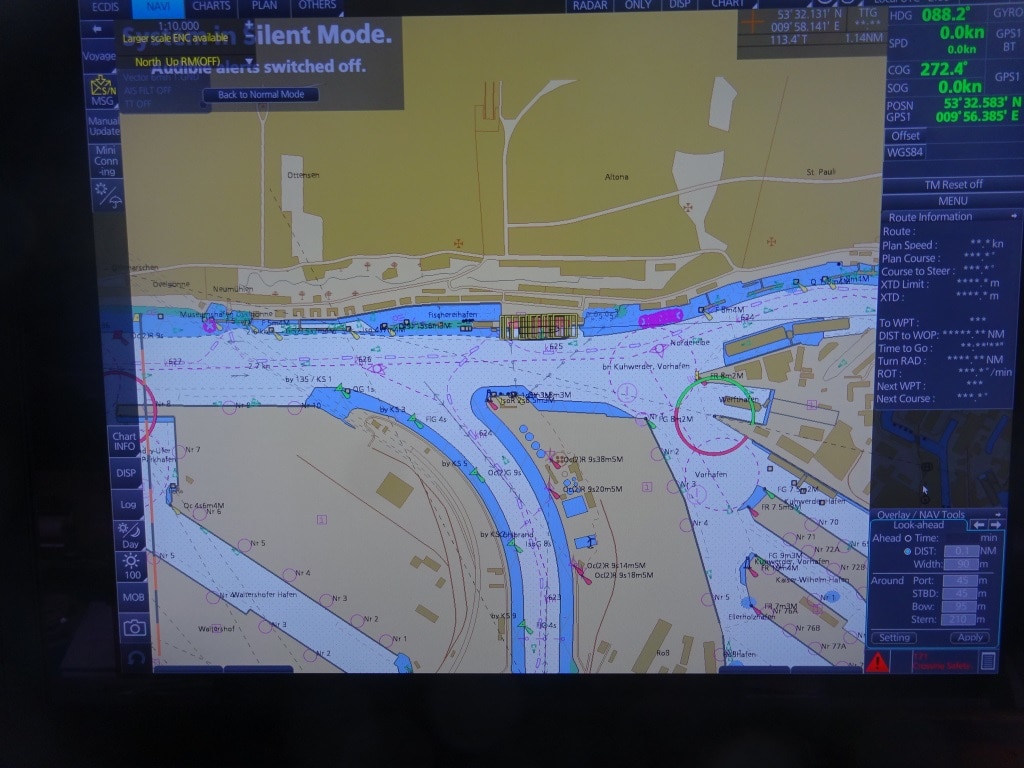
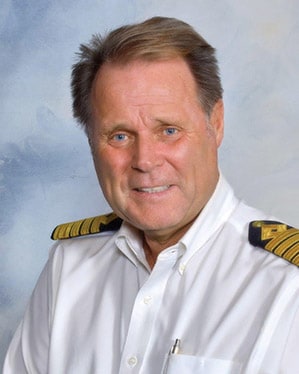 The good ship ms Prinsendam is in the capable hands of Captain Dag Dvergastein who has been commanding cruise ships for the last 30 years and came to us via Seabourn. The company is slowly starting to mix the officer teams from both company’s and we now have two HAL captains with Seabourn and a Seabourn Captain with HAL. Late last evening the white curtain lifted and the Captain could switch off the fog horn much to the delight of the guests who occupied the suites right under the Radar Mast. You get the best cabins on the ship with the suites and also the best view from your balcony but you then also have to accept that you live close to the navigation part of the ship and that includes a lot of honking on the horn if weather or traffic so demands.
The good ship ms Prinsendam is in the capable hands of Captain Dag Dvergastein who has been commanding cruise ships for the last 30 years and came to us via Seabourn. The company is slowly starting to mix the officer teams from both company’s and we now have two HAL captains with Seabourn and a Seabourn Captain with HAL. Late last evening the white curtain lifted and the Captain could switch off the fog horn much to the delight of the guests who occupied the suites right under the Radar Mast. You get the best cabins on the ship with the suites and also the best view from your balcony but you then also have to accept that you live close to the navigation part of the ship and that includes a lot of honking on the horn if weather or traffic so demands.